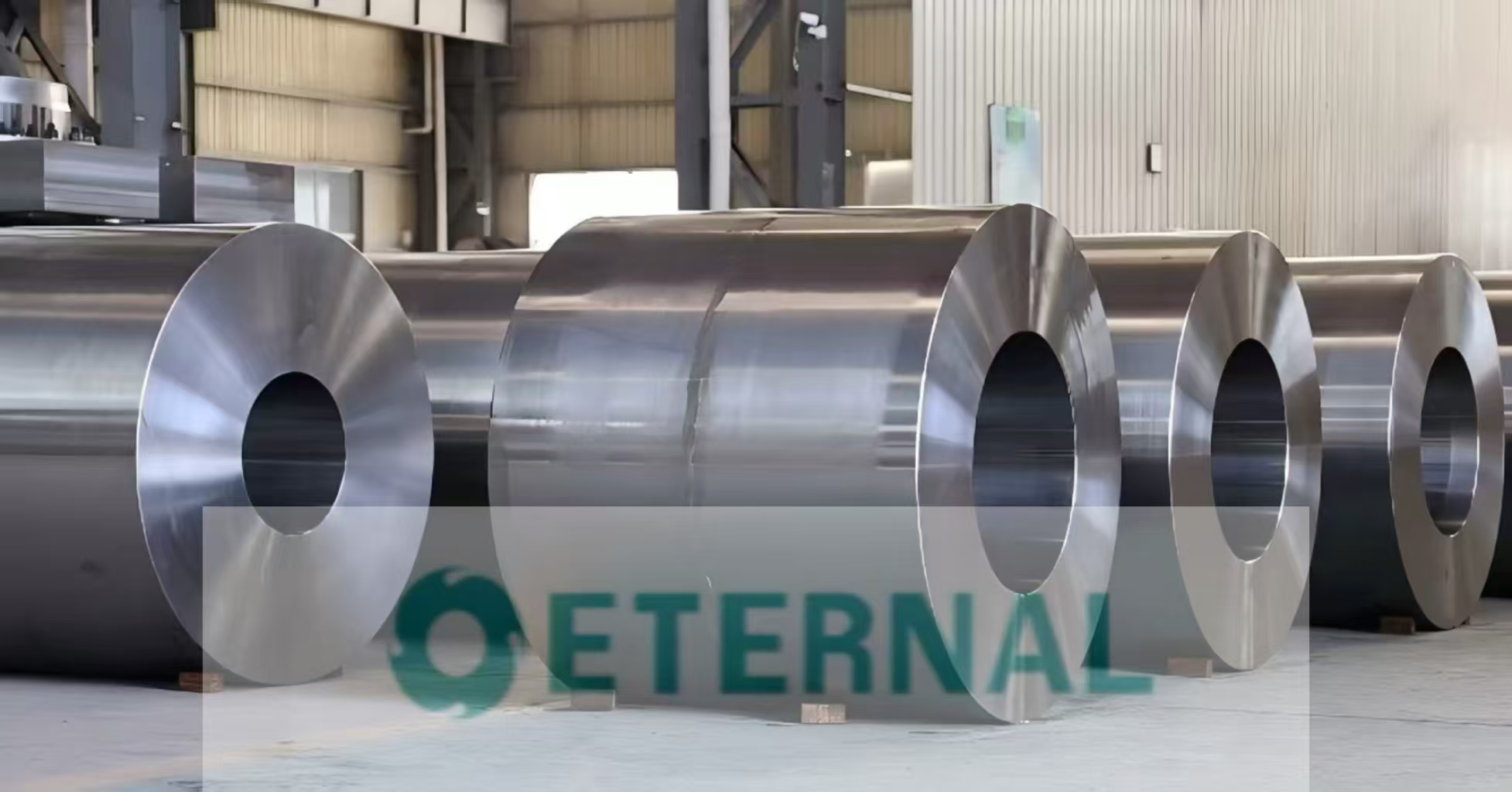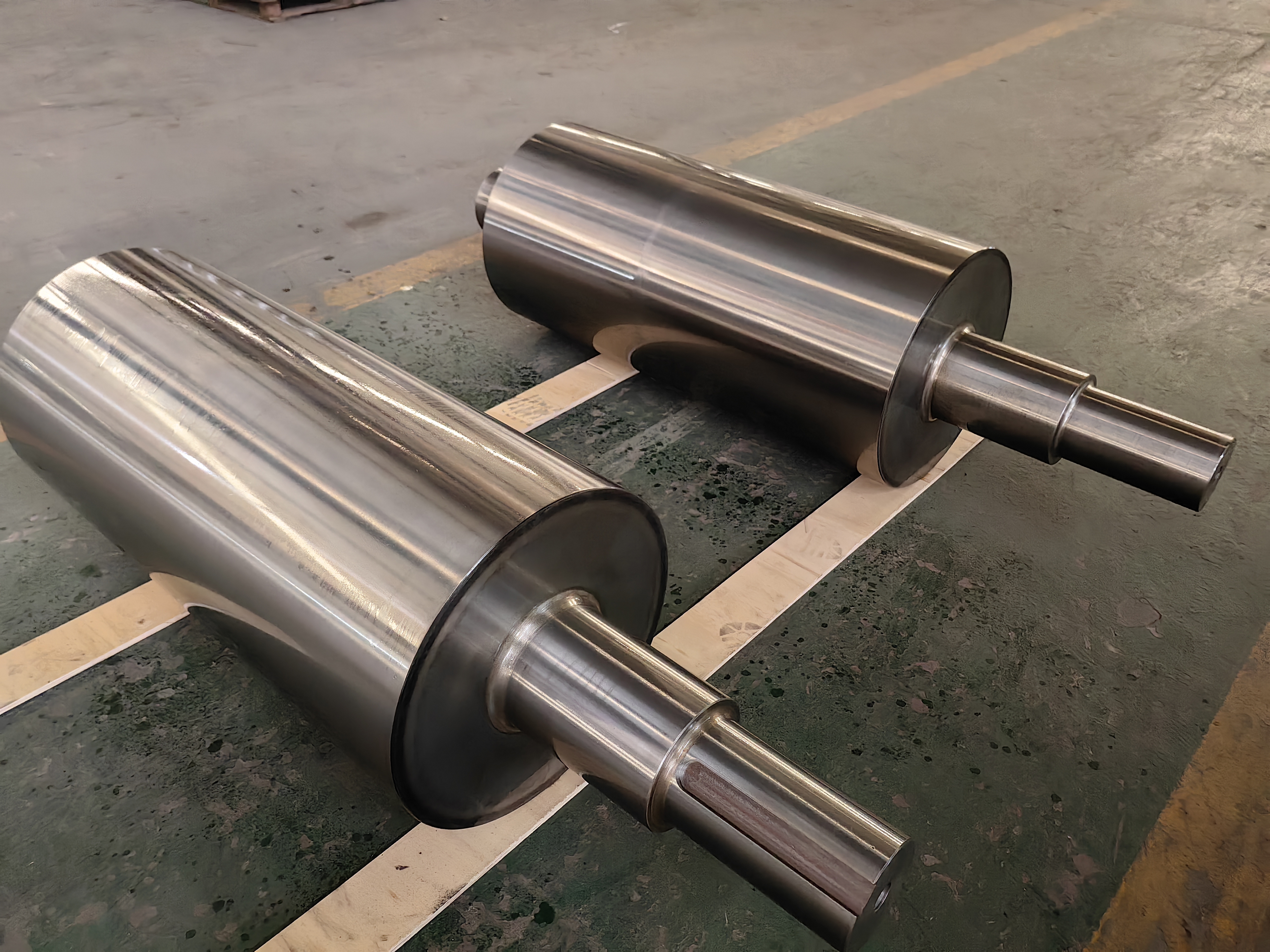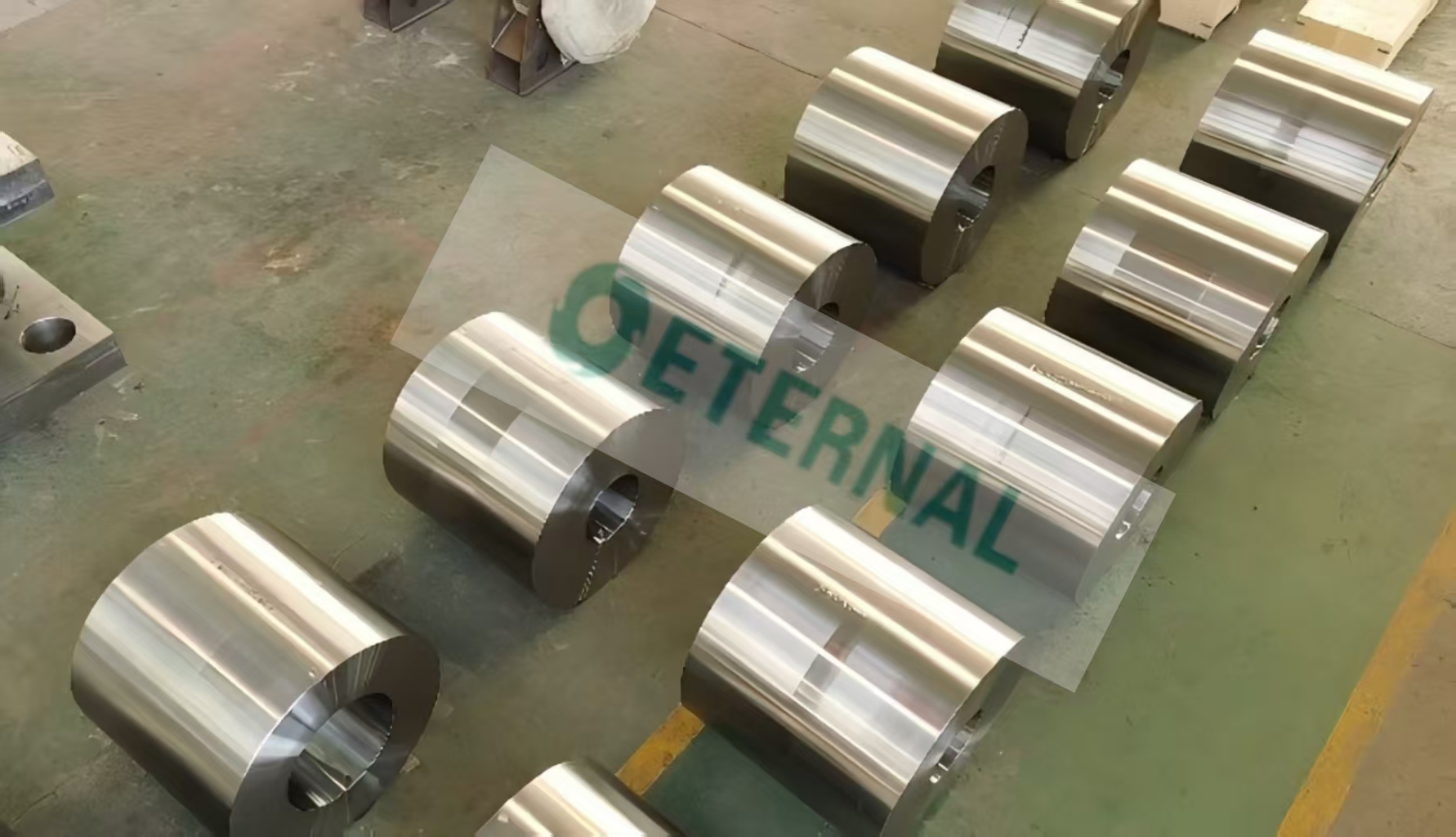
Adding vanadium as an alloying element to 5CrNiMo die steel can refine its grain structure, improving its wear resistance and thermal fatigue performance. Forging can further refine the grain structure of the new vanadium-containing hot work die steel 5CrNiMoV sample, further enhancing the wear resistance and thermal fatigue performance of 5CrNiMoV die steel.

Hot work die steel H13 is a commonly used medium carbon chromium hot work die steel. Due to its excellent high-temperature strength, wear resistance, and thermal fatigue resistance, it is widely used in the manufacture of die-casting molds, hot forging dies, etc.

The austenitization of Cr12MoV steel at 1100-1150 ℃ allows almost all carbides to dissolve in the austenite, followed by rapid spheroidization at 720 ℃ → 750 ℃ → 720 ℃ immediately after rapid cooling, which can completely eliminate network carbides and large pointed carbides, and eliminate the inheritance of coarse structures. After final heat treatment, the grain size can reach 10-12 levels, and the carbide particles are refined and round, which greatly increases the impact toughness of the steel and prolongs the service life of the mold.